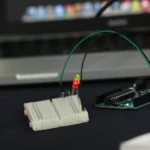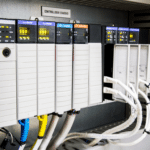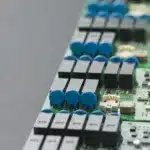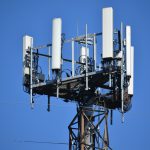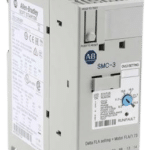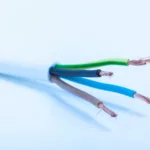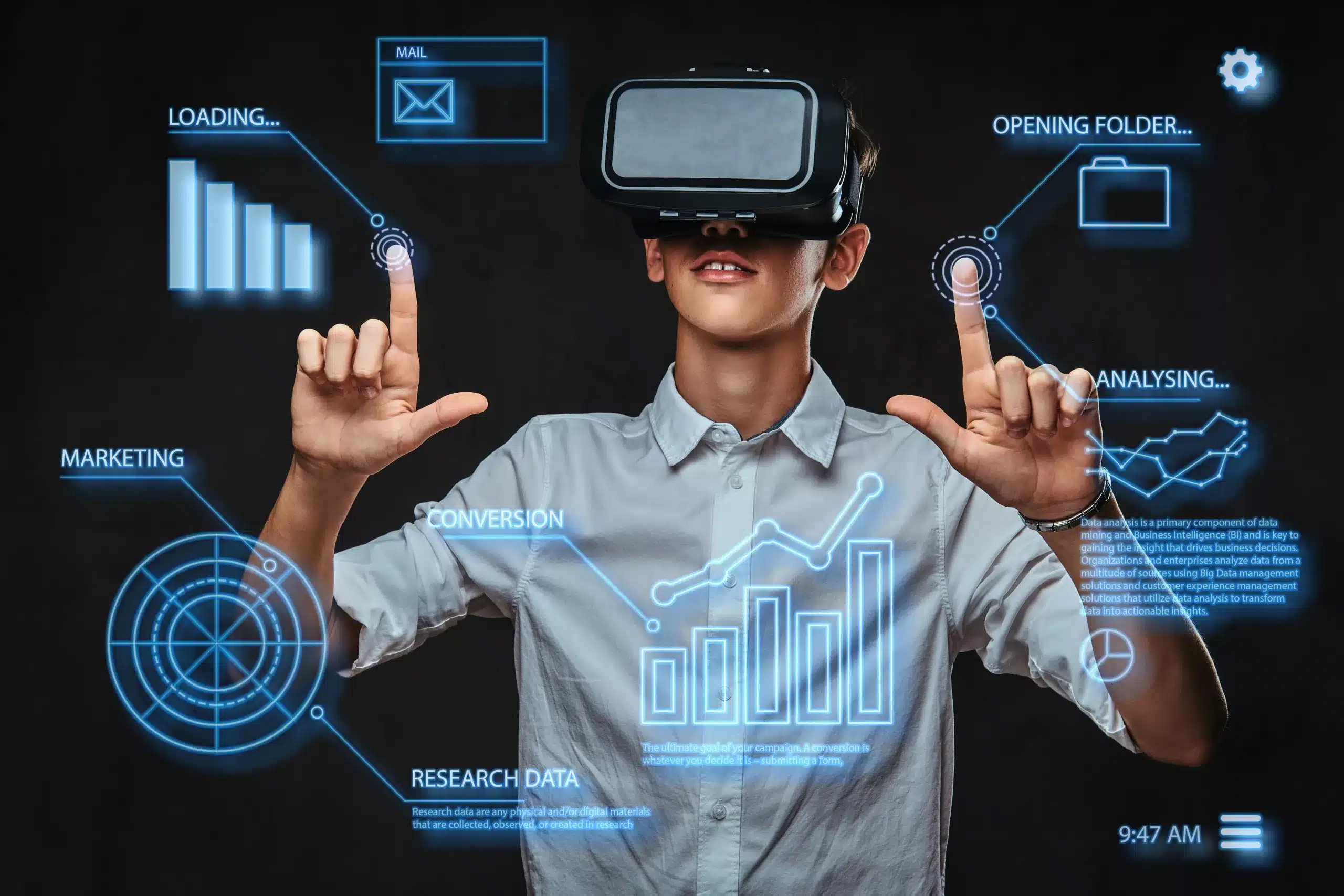
Introduction
Autonomous Mobile Robots (AMRs) are transforming industries, from manufacturing and logistics to healthcare and hospitality, by performing tasks that were previously deemed challenging for automation. At the heart of their operational excellence lies a sophisticated technology known as sensor fusion––a powerful technique that amalgamates data from various sensors to enhance perception and decision-making capabilities in multiple domains. This article uncovers the essence of sensor fusion in AMR technology, highlighting its other vital prospects.
Understanding Sensor Fusion and Its Significance in AMRs
Sensor fusion, also called multi-sensor fusion, is an innovative technology that combines data from multiple sensors to improve the system’s understanding of its environment. The fundamental principle behind this is that the strengths of one sensor compensate for the weaknesses of another, leading to a comprehensive perception of the surroundings. This process enhances the accuracy, reliability, and decision-making capabilities of autonomous systems, including AMRs.
In the context of AMRs, sensor fusion entails combining inputs from various sensors such as LiDAR, cameras, encoders, and inertial measurement units (IMUs). By merging these data streams, AMRs can perceive their surroundings with remarkable accuracy and make informed decisions in dynamic environments.
Most Common Types of Sensors Used in AMRs
Among multiple sensor types, AMRs employ the following sensors to navigate and perform different tasks. Some standard sensors include:
- LiDAR and RADAR: LiDAR measures distances using laser light to generate precise 3D maps of the environment, while RADAR measures the speed, distance, and orientation of different objects.
- Cameras: Provide visual information and best-quality images, enabling object recognition and environment mapping.
- Ultrasonic Sensors: These sensors, by using sound waves, detect obstacles and measure distances, especially effective in close ranges.
- Infrared (IR) and Contact Sensors: IR sensors are used for proximity sensing, obstacle detection, and localisation in various lighting conditions. Contact sensors, such as bumpers or touch sensors, detect physical contact with objects or obstacles, providing immediate feedback to prevent collisions and ensure safe operation in dynamic environments.
- Inertial Measurement Units: Track the robot’s movement and orientation using accelerometers and gyroscopes.
- Encoders: Measure wheel rotations to estimate the robot’s position based on its movements.
The Role of Sensor Fusion in AMRs: Exploring Key Benefits
Sensor fusion significantly enhances the capabilities of AMRs with critical roles and benefits, such as:
One of the primary benefits of sensor fusion in AMRs is enhanced perception and navigation capabilities. By integrating data from multiple sensors, AMRs can generate highly accurate maps of their surroundings in real-time. They can also more effectively navigate complex environments with obstacles, dynamic obstacles, and varying lighting conditions. Sensor fusion also improves localisation accuracy, allowing AMRs to determine their position with greater precision, even in GPS-denied environments such as indoor warehouses or manufacturing facilities.
Robust Obstacle Detection and Avoidance
Sensor fusion is significant in robust obstacle detection and avoidance, ensuring the safety of both the robot and its surroundings. By combining information from sensors like lidar, cameras, and ultrasonic sensors, AMRs can detect obstacles from multiple perspectives, thus reducing the likelihood of false positives or negatives.
Adaptive Path Planning
It enables AMRs to perform adaptive path planning by continuously monitoring and analysing the environment in real time. By integrating data from sensors, AMRs can dynamically adjust their paths to optimise efficiency and safety. For example, if an unexpected obstacle appears in the robot’s path, sensor fusion algorithms can quickly reroute the robot to avoid the obstruction while minimising disruption to its mission.
Fault Tolerance and Redundancy
Another key role of sensor fusion in AMR technology is improved fault tolerance and redundancy. By using redundant sensors and integrating their data through sensor fusion algorithms, AMRs can continue operating even if individual sensors fail or experience limitations.
Optimising Human-Robot Collaboration
Sensor fusion also facilitates the optimisation of human-robot collaboration in shared workspaces. By integrating sensors that enable the detection and tracking of humans, AMRs can operate safely in environments where they interact with human workers. Sensor fusion algorithms allow the robot to adapt its behaviour accordingly to ensure safe and efficient collaboration.
Applications of AMR Integrated with Multi-Sensors: A Brief Overview of Their Use Cases
Sensor fusion in AMR technology has an impact across a wide range of industries, revolutionising workflows and driving operational efficiency. Some of the typical applications of AMR equipped with multi-sensors include:
- Logistics and Warehousing – In logistics and warehousing, AMRs equipped with sensor fusion capabilities streamline material handling processes, optimise inventory management, and enable flexible automation.
- Manufacturing – In manufacturing, AMRs enhance productivity by autonomously transporting materials and components between workstations.
- Retail – In retail environments, AMRs incorporated with multi-sensors can enhance inventory management and restocking processes, optimising the restocking process and improving the overall shopping experience.
- Agriculture – AMRs use cameras, LiDAR, and infrared sensors to collect data regarding crop health, soil moisture levels, and environmental conditions, enabling farmers to make data-driven decisions.
- Security and Surveillance – AMRs equipped with cameras, motion sensors, and thermal imaging capabilities are used for security patrols in large facilities.
- Hospitality – In hotels and resorts, AMRs can help navigate through crowded hallways, operate elevators, and interact safely with guests and staff.
- Healthcare – In healthcare settings, AMRs support staff by delivering supplies and navigating complex hospital environments with precision.
Basic Challenges in Sensor Fusion in AMRs
Despite its benefits, sensor fusion in AMR faces several challenges, including data integration, data inconsistency, latency, computational complexity, and calibration and synchronisation issues. Addressing these challenges needs ongoing and consistent efforts to refine algorithms, optimise sensor configurations, and enhance system robustness.
The Future of Sensor Fusion in AMR Technology
The future of sensor fusion in AMR technology is promising, with ongoing research and development aimed at overcoming existing challenges and unlocking new capabilities. Future advancements may involve the integration of emerging sensor technologies, such as 3D cameras, thermal sensors, and advanced machine learning algorithms, to enable AMRs to perceive and interact with their environments with even greater precision and intelligence. Additionally, the integration of 5G connectivity and edge computing will unlock new levels of efficiency and scalability.
Bottom Lines
Sensor fusion is a cornerstone technology in the development of autonomous mobile robots, imbuing them with unparalleled environmental awareness, safety, and adaptability. By combining data from multiple sensors, AMRs can overcome the limitations of individual sensors and achieve robust perception, navigation, obstacle detection, and adaptive path planning capabilities. Despite the challenges it faces, ongoing advancements promise to propel AMR technology to new heights, heralding a future where robots and humans work in closer synergy than ever before.







